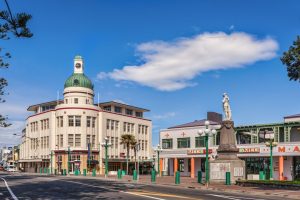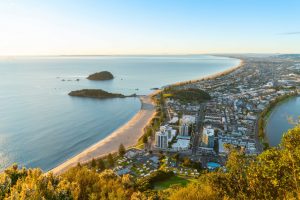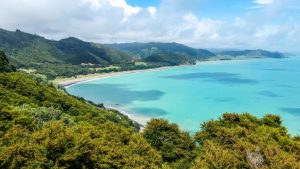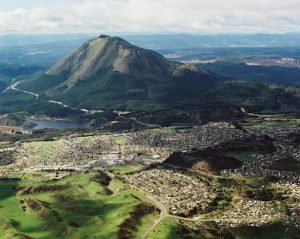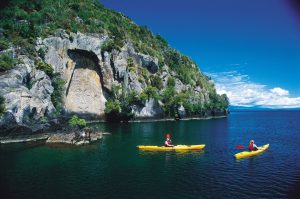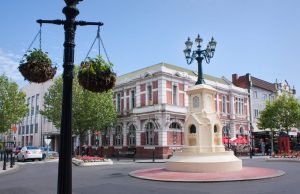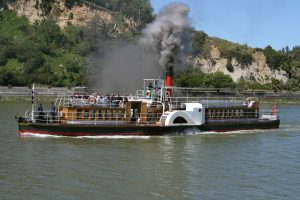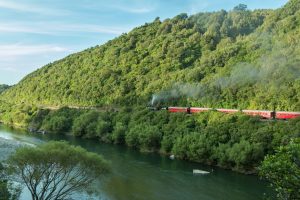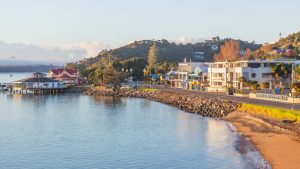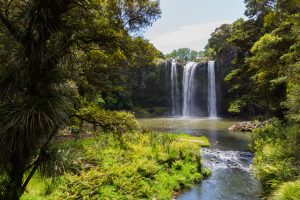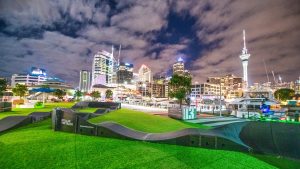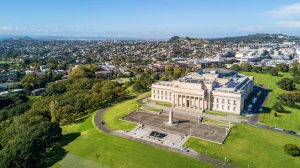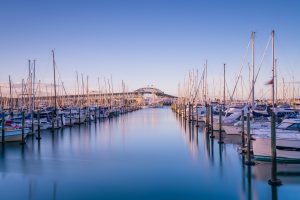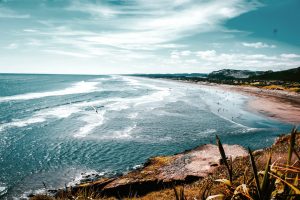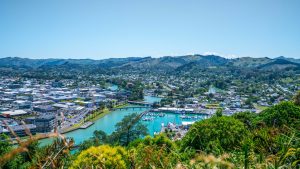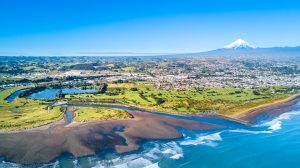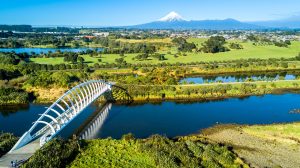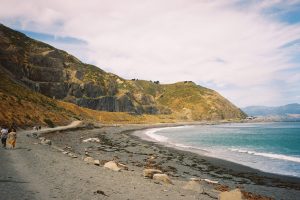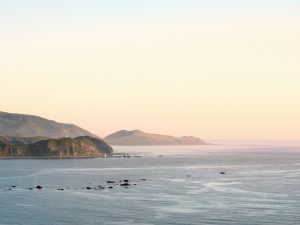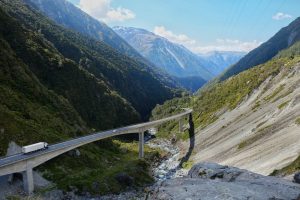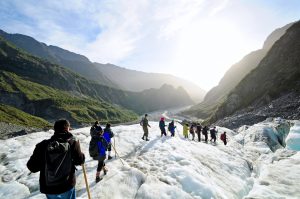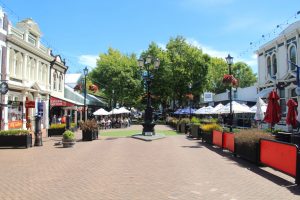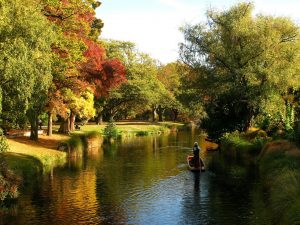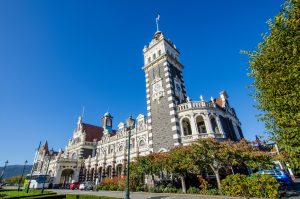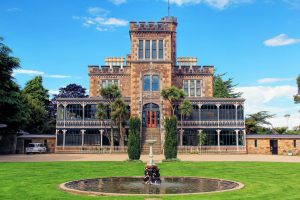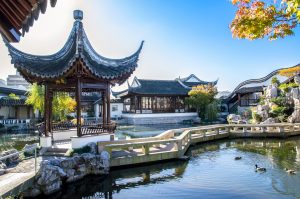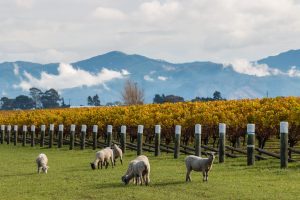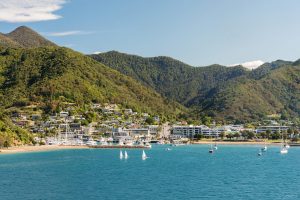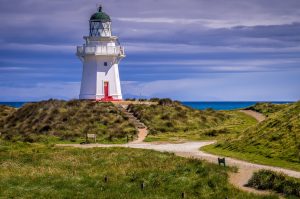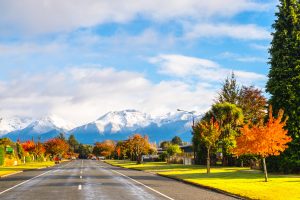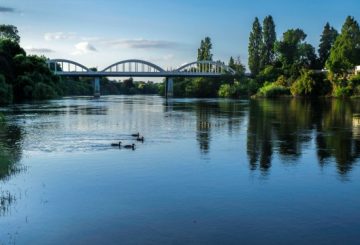Eastern Bay Economic Information
The Eastern Bay of Plenty is a sub-region of the Bay of Plenty. The area is made up of Whakatane, Opotiki and Kawerau Districts and has a population of 50,000 people.
Industry Sectors
The Eastern Bay of Plenty is consists of Whakatane, Opotiki and Kawerau Districts. The region has a strong focus on primary production, including timber, horticulture and dairy production. There is also a strong tourism sector and a rapidly expanding aquaculture industry.
Primary Production Sector
The Eastern Bay of Plenty covers about 744,993ha, about one-third of which is planted commercial pine-forests. Forestry related activity is vital to the Eastern Bay of Plenty’s economy.
Agriculture (mostly dairy and beef farming) and horticulture are major export activities, providing significant employment throughout the region. The region’s fertile soils support various horticultural activities, including kiwifruit orchards, market gardens and apple and avocado orchards. The area also supports boutique industries, including truffles, ginseng and chillis.
Dairy processing, log sawmilling and pulp/paper/paperboard manufacturing offer abundant opportunities in the Eastern Bay of Plenty for innovative businesses and manual and highly skilled workers. The range of employment this industry group provides is vast, from forestry workers, machine operators, mechanical engineers to human resource specialists, bio-technicians and health and safety officers.
Among the major businesses in this area are Fonterra (dairy processing), Norske Skog(wood processing), SCA Hygiene Australasia (manufacture base paper for toilet tissues, kitchen towels, napkins and for commercial products), Carter Holt Harvey (manufacture carton boards and speciality pulp products), EastPack and OPAC (kiwifruit post-harvest).
Manufacturing
There are many machinery manufacturing, engineering and repair businesses in the area, which support the local primary sector. We also have several manufacturers who take advantage of the excellent transportation network and proximity to distribution hubs to export their goods. Work and business opportunities abound for people interested in sheet metal work, mechanics, welding and other similar skills.
Tourism
Tourism is a major drawcard for international visitors and domestic tourists. The region has world-class natural scenery and rich local culture. In 2020 the economic value of tourism to the area was $70 million. There are numerous opportunities for investment in the tourism sector, including accommodation, hospitality and activities businesses.
Information and Communications Technology
The Eastern Bay of Plenty has high-quality fibre internet, which has enabled local web-based businesses’ growth. These businesses range from web design companies to game and application development. In many instances, programmers choose to live in the region, taking advantage of the affordable housing and relaxed atmosphere while working remotely.
Aquaculture
Aquaculture is a rapidly growing sector thanks to Eastern Seafarms and their 3800ha marine farm. The sea farm currently produces mussels, with the vision of growing fin-fish. There are many opportunities for businesses involved in the aquaculture sector, including processing mussel products or partnering with Eastern Seafarms to farm other species.
Retail And Support Services
Whakatāne, Ōpōtiki and Kawerau’s commercial centres offer plenty of opportunities for work in the retail sector. There are many cafes, restaurants, and food services throughout the area. Professionals are also in demand in banking, real estate, legal practices, accounting and local government.
Logistics and infrastructure
The Eastern Bay of Plenty has high-quality infrastructure which can support small or large businesses. Kawerau, a planned town, was established specifically for heavy industry.
Roading
The region has well-maintained roading networks connecting each of the major centres. By road, you have direct access to Rotorua, Tauranga, Taupō, Gisborne, Hamilton and Auckland, putting you within easy reach of 40% of New Zealand’s population. These networks make the region an ideal location for those who need to access the North Island’s major centres.
Public Transport
The Regional Council subsidised Bay Bus, which operates a regular service between Whakatāne, Ōhope, Kawerau, Ōpōtiki and Tauranga. Intercity Coachlines covers the length and breadth of New Zealand and offers a regular service through Whakatāne, Ōpōtiki and Kawerau.
Air Travel
Whakatāne airport has direct daily flights between Whakatāne and Auckland. Further flight options are available an easy drive away in Rotorua and Tauranga.
Rail
The area has a direct rail freight link to the Port of Tauranga from Murupara and Kawerau. Rail plays a significant freight role transporting logs, wood pulp, paper and cardboard. Whakatāne and Kawerau Councils are currently working together to open up more industrial land around Kawerau. The long term plan of establishing Kawerau as the region’s leading manufacturing centre.
Energy
Bay of Plenty Energy supplies gas and electricity to residential, business and agricultural customers. The region’ primary energy production comes from renewable hydro and geothermal generation. In 2008 Mighty River Power opened a new, state-of-the-art geothermal power station at Kawerau, capable of generating at a capacity of 100 MW. The $300 million project was the largest single geothermal development in New Zealand in more than 20 years. Its output significantly increases national generation capacity.
Port
An inland port is under construction in Kawerau. This major infrastructure project aims to position Kawerau as a leading New Zealand manufacturing centre.
Broadband
There is excellent broadband connectivity in each of the urban centres of the Eastern Bay of Plenty, and the local government is working to further extend it into the rural areas. Several thriving ventures based on information technology supply world-class services to an international clientele. They have the freedom to operate either from the owners’ homes or from the main centres, where infrastructure and overhead costs are relatively low, and there is none of the traffic congestion and other problems associated with working in the larger cities.

